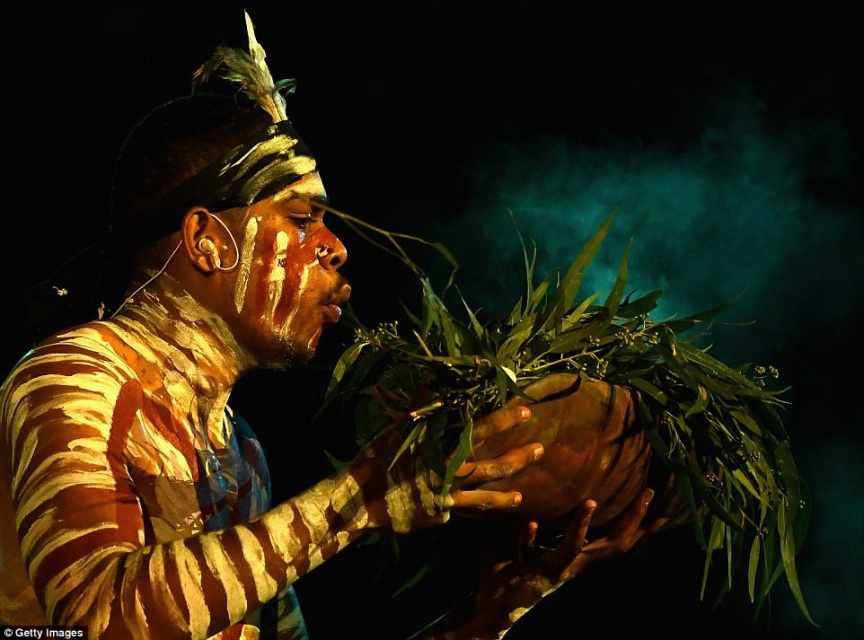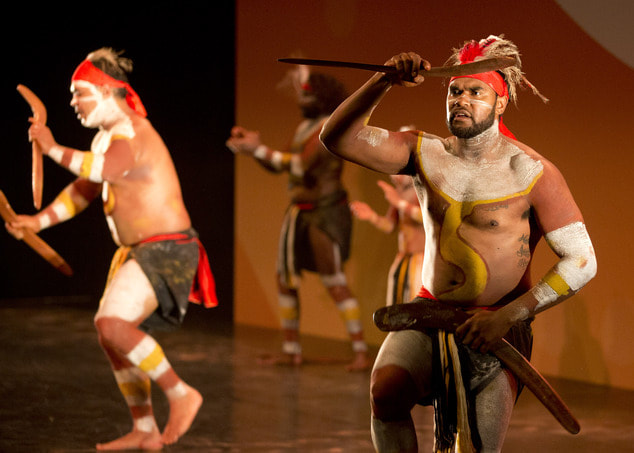Brisbane’s Hidden History: Unveiling the Jagera and Turrbal Legacy
Brisbane’s Hidden History: Unveiling the Jagera and Turrbal Legacy

Brisbane, a bustling modern city, stands on the land of two Indigenous nations: the Jagera and the Turrbal. Their rich history, stretching back thousands of years, is often overlooked in the city’s narrative. This article delves into the vibrant culture, traditions, and resilience of these First Nations people, shedding light on their enduring legacy in the heart of Queensland.
A Land of Abundance: The Jagera and Turrbal Connection
Related Articles: Brisbane’s Hidden History: Unveiling the Jagera and Turrbal Legacy
- Unraveling The Threads Of Identity: A Deep Dive Into Totemic Cultures
- The Lingua Franca Of Australia: Exploring The Official Language And Its Rich Linguistic Landscape
- A Taste Of The Outback: Exploring The Delicious World Of Australian Native Fruits
- Unmasking The Past: Where To Find Victoria BC Treaties And Their Indigenous Legacy
- A Tapestry Of Meaning: Unveiling The Beauty Of Aboriginal Girl Names
The Jagera and Turrbal people were custodians of the land that encompasses present-day Brisbane and its surrounding areas. Their connection to this land was deep and profound, woven into every aspect of their lives. They were skilled hunters, gatherers, and fishermen, utilizing the natural resources of the region with a deep understanding of its rhythms and cycles.
The Brisbane River, a lifeblood for the city today, was a vital artery for the Jagera and Turrbal. They navigated its waters in canoes, fished its depths, and utilized its banks for hunting and gathering. The river was not just a source of sustenance but a spiritual connection to the land.
Cultural Practices: A Tapestry of Traditions
The Jagera and Turrbal people were renowned for their intricate cultural practices, passed down through generations. Their language, a vibrant tapestry of sounds and meanings, reflected their deep connection to the land and its inhabitants. They held ceremonies and rituals that honored the land, its creatures, and their ancestors, ensuring the continuity of their cultural heritage.
One of the most prominent cultural practices was the use of fire. The Jagera and Turrbal people employed fire as a tool for land management, promoting the growth of certain plants while controlling the spread of others. This practice, known as "cultural burning," played a crucial role in maintaining the biodiversity of the region.
The Impact of Colonization
The arrival of European settlers in the 18th century marked a profound shift in the lives of the Jagera and Turrbal people. The introduction of new diseases, displacement from their traditional lands, and the imposition of European laws and values had a devastating impact on their culture and way of life.
The dispossession of their land was a particularly devastating blow. The Jagera and Turrbal people were forced to abandon their homes and their traditional practices, leading to a decline in their population and a loss of cultural knowledge.

Resilience and Reclaiming the Narrative
Despite the hardships they faced, the Jagera and Turrbal people have shown incredible resilience. They have fought to preserve their cultural heritage and to reclaim their rightful place in the history of Brisbane. Through ongoing efforts in language revitalization, cultural education, and land rights activism, they are working to ensure that their story is told and their legacy is honored.
The Importance of Acknowledging Indigenous History
Acknowledging the Jagera and Turrbal history is not just a matter of historical accuracy; it is a matter of justice and respect. By understanding their past, we can better appreciate their present struggles and support their efforts to reclaim their cultural identity.
Moving Forward: A Shared Future

The future of Brisbane is intertwined with the future of its Indigenous people. By fostering a deeper understanding of their history and culture, we can create a more inclusive and equitable city where the legacy of the Jagera and Turrbal people is celebrated and honored.
FAQs about the Jagera and Turrbal History
1. What is the difference between the Jagera and Turrbal people?
The Jagera and Turrbal people are two distinct Indigenous nations with their own territories, languages, and cultural practices. The Jagera people occupied the area around present-day Brisbane, while the Turrbal people inhabited the land to the north and west of the city.
2. What happened to the Jagera and Turrbal people after European colonization?

The arrival of European settlers had a devastating impact on the Jagera and Turrbal people. They were displaced from their land, their cultural practices were suppressed, and they were subjected to disease and violence.
3. How are the Jagera and Turrbal people working to reclaim their culture and history?
The Jagera and Turrbal people are actively engaged in language revitalization, cultural education, and land rights activism. They are working to reclaim their cultural identity and to ensure that their history is recognized and celebrated.
4. How can I learn more about the Jagera and Turrbal history?
There are many resources available to learn more about the Jagera and Turrbal people, including museums, cultural centers, and online resources. You can also support their efforts by attending events and participating in initiatives that promote Indigenous culture and history.
5. What is the significance of acknowledging the Jagera and Turrbal history?
Acknowledging the Jagera and Turrbal history is a matter of justice and respect. It is essential to recognize the enduring impact of colonization on these Indigenous people and to support their efforts to reclaim their cultural identity and their rightful place in the history of Brisbane.
By embracing the rich history of the Jagera and Turrbal people, we can build a more inclusive and equitable future for Brisbane, one that honors the enduring legacy of its First Nations inhabitants.
.jpg)
Closure
Thus, we hope this article has provided valuable insights into Brisbane’s Hidden History: Unveiling the Jagera and Turrbal Legacy. We thank you for taking the time to read this article. See you in our next article!


